John Woods
Future-Proofing FinTech With Blockchain Technology
#1about 3 minutes
A career journey from traditional finance to blockchain
The speaker traces his career from working with large-scale C++ systems and FinTech at Citibank to becoming CTO at the Algorand Foundation.
#2about 3 minutes
Identifying the three core use cases for blockchain
Blockchain technology is most effective for applications requiring disintermediation, provenance and veracity, or decentralized self-sovereign identity.
#3about 6 minutes
The unique engineering challenges of building blockchain protocols
Building core blockchain protocols requires a rare combination of skills in distributed systems, applied cryptography, and concurrent programming with extremely high stakes for security and backwards compatibility.
#4about 2 minutes
Leadership challenges in managing specialized blockchain teams
Leading high-caliber engineering teams in blockchain is challenging due to long development cycles, formal methods, and the adversarial nature of QA and benchmarking processes.
#5about 2 minutes
Understanding blockchain as a distributed operating system
Blockchains can be understood as distributed operating systems where smart contracts are like applications executed simultaneously across a network with cryptographic assurance.
#6about 4 minutes
The three architectural layers of a blockchain network
A blockchain's architecture consists of three core components: the network layer for data propagation, the consensus layer for agreement, and the ledger layer for transaction rules.
#7about 8 minutes
How trap door functions enable asymmetric cryptography
Asymmetric cryptography like RSA is built on mathematical "trap door" functions, such as the difficulty of factoring large semi-prime numbers, which are easy to compute one way but hard to reverse.
#8about 3 minutes
How elliptic curve cryptography powers modern blockchains
Elliptic curve cryptography uses the discrete logarithm problem on a Cartesian plane as its trap door function, where a private key is a large number and a public key is an XY coordinate.
#9about 4 minutes
Preparing for the threat of quantum computing
Quantum computers threaten to break current cryptographic standards, prompting a shift to post-quantum cryptography (PQC) that uses techniques like lattices and super-singular elliptic curves.
#10about 6 minutes
Blockchain fundamentals and real-world use cases
Blockchain is a distributed, cryptographically linked data structure enabling applications like financial inclusion for unbanked populations and self-sovereign ownership of digital assets.
#11about 5 minutes
The future of blockchain, decentralization, and identity
The future of the industry involves greater decentralization, the adoption of quantum-resistant cryptography, and a focus on self-sovereign identity and privacy.
#12about 2 minutes
The biggest pitfalls and risks of blockchain technology
The primary risks in blockchain are catastrophic software bugs that can lead to massive financial loss and the high personal responsibility required for self-sovereign key management.
#13about 3 minutes
Upcoming developer features and applications on Algorand
Algorand is expanding its use cases into identity and lowering the barrier for developers by enabling smart contracts to be written in standard Python.
Related jobs
Jobs that call for the skills explored in this talk.
Matching moments

04:10 MIN
Introducing Algorand and its developer-friendly smart contracts
WeAreDevelopers LIVE – Building on Algorand: Real Projects and Developer Tools

1:00:35 MIN
A call for developers to build and innovate on Algorand
WeAreDevelopers LIVE – Building on Algorand: Real Projects and Developer Tools

37:33 MIN
A deep dive into the Algorand protocol specifications
WeAreDevelopers LIVE – Building on Algorand: Real Projects and Developer Tools

53:24 MIN
Exploring Algorand's advanced tooling and payment standards
WeAreDevelopers LIVE – Building on Algorand: Real Projects and Developer Tools
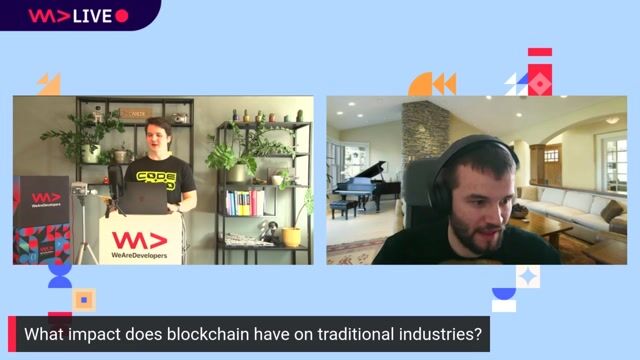
33:49 MIN
Q&A on blockchain's impact and fundamental concepts
Why chain abstraction is the best way to build successful web3 solutions for users

42:54 MIN
How to start building applications on the Algorand blockchain
WeAreDevelopers LIVE – Building on Algorand: Real Projects and Developer Tools
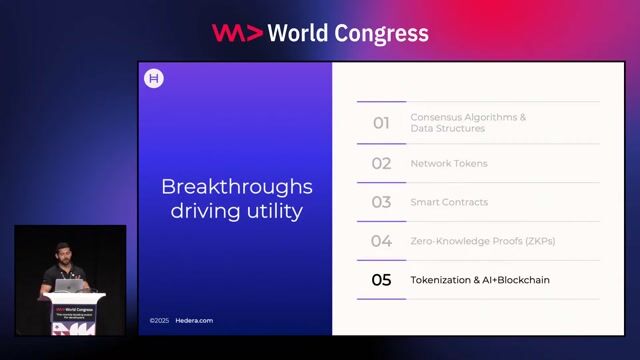
22:49 MIN
The future of assets with tokenization and AI
Demystifying Crypto & Web3: A Technical Journey Through 15 Years of Innovation
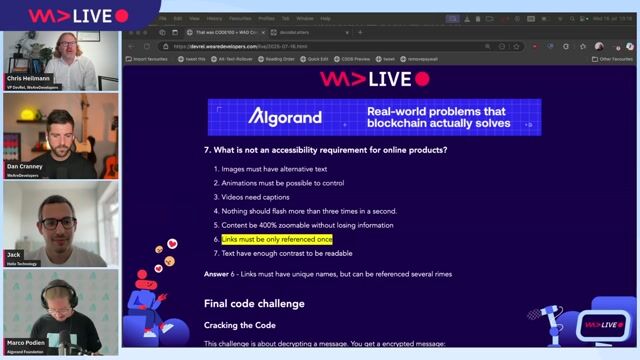
45:46 MIN
How blockchain is maturing and finding real-world use cases
WeAreDevelopers LIVE - Our World Congress 2025 & CODE100 Highlights with Jack Barber and Marco Podien
Featured Partners
Related Videos
 1:04:57
1:04:57WeAreDevelopers LIVE – Building on Algorand: Real Projects and Developer Tools
Chris Heilmann, Daniel Cranney & Astha Yadav
 31:07
31:07Blockchain Beyond Crypto: Technology Unlocking Opportunities across Various Industries
John Woods, Arthur Breitman & Vicktoria Klich
 50:36
50:36Solving Real-world Problems with Blockchain at Algorand - Brian Whippo
Brian Whippo
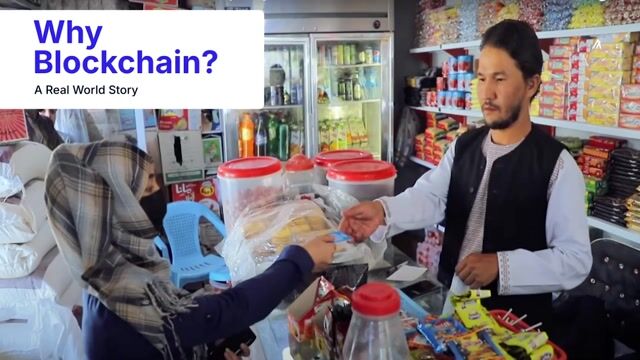 49:10
49:10Build Real Things: Real-World Problems That Blockchain Actually Solves - Marco Podien
Chris Heilmann, Daniel Cranney & Marco Podien
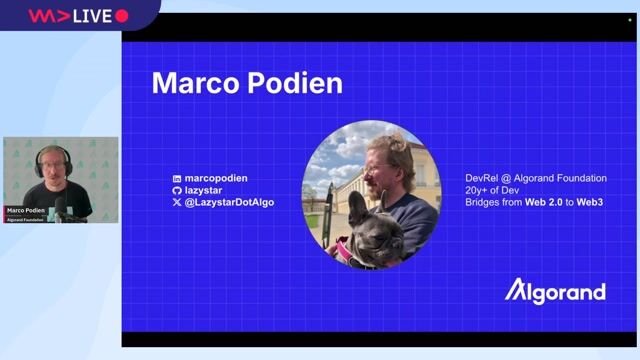 49:10
49:10WeAreDevelopers LIVE - Build Real Things: Real-World Problems That Blockchain Actually Solves
Chris Heilmann, Daniel Cranney & Marco Podien
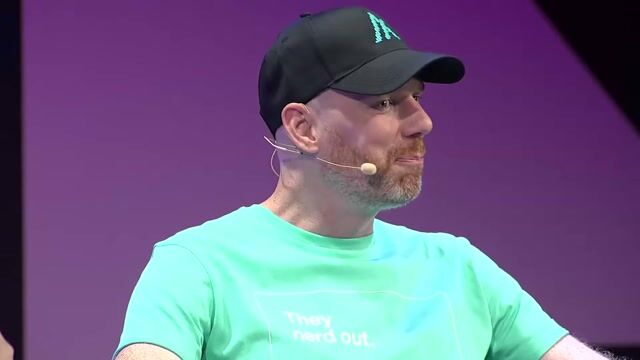 26:13
26:13Why You Should Care About the Decentralized Computing Movement
John Woods
 20:20
20:20How to Build for Decentralized Systems
Alessandro Cappellato Ferrari
 1:01:42
1:01:42WeAreDevelopers LIVE - Blockchain after the hype, Vibing all the Things, Big Tech and Work Best Practices & more
Chris Heilmann, Daniel Cranney & Brian Whippo
From learning to earning
Jobs that call for the skills explored in this talk.
![Senior Software Engineer [TypeScript] (Prisma Postgres)](https://wearedevelopers.imgix.net/company/283ba9dbbab3649de02b9b49e6284fd9/cover/oKWz2s90Z218LE8pFthP.png?w=400&ar=3.55&fit=crop&crop=entropy&auto=compress,format)
Senior Software Engineer [TypeScript] (Prisma Postgres)
Prisma
Remote
Senior
Node.js
TypeScript
PostgreSQL

Rust/Python Quant Developer with Data & Cloud Engineering Skills
AlgoFusion
Remote
API
ETL
Python
Grafana
+3




Security Engineer- Smart Contract Auditor (Crypto / Blockchain)
Caiz
Remote
Intermediate
Ethereum
Solidity
Blockchain


Site Reliability Engineer (SRE) - Blockchain Infrastructure
Web3 Technologies Inc. DBA Asphere
Remote
API
DNS
Linux
Python
+8
